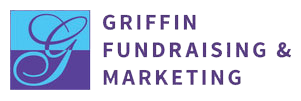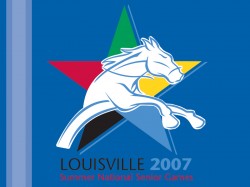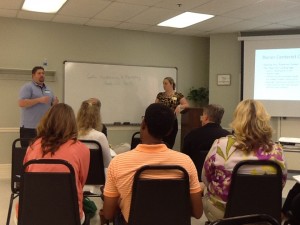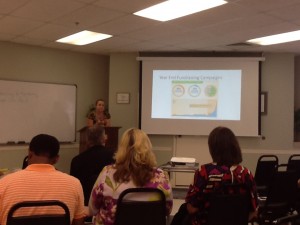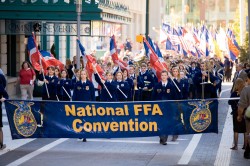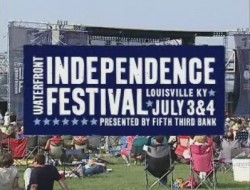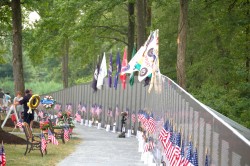We’ve been living in a pandemic for nearly a year now. I think it’s safe to say, we are all ready for a little more normalcy. One is for in person events to be a normal occurrence again. But if your state, county, city or organization isn’t ready for that step the next best thing is a virtual one. Nonprofits need to continue serving their mission in the community. Strategic planning sessions with boards and committees is a common occurrence for the leadership and help continue to direct new initiatives of the organization. This year, planning sessions may be on a computer screen instead of a board room. Here are a few helpful reminders and tips on how to have a successful virtual planning session with your volunteers.
- Send a Calendar Invite AND a Follow Up Reminder
It is so helpful to send one (maybe two) gentle reminders about an upcoming virtual meeting. For some, each day may still be in flux with personal and professional life adjustments due to the pandemic and the economy. So make it simple to add it to a calendar or find the link to join the meeting. Send a text instead of an email if that helps too. - Build in Time for Virtual Small Talk
It is very possible that your volunteers have only emailed or texted each other. It might be the first time they’ve “seen” each other in a long while. So allow time for a little catch up with their volunteer buddies. It could set the mood in a positive direction and get your board volunteers ready to work. - Start the Session With a Mission Moment
Setting the tone for the meeting can be as easy as story telling. Take just a minute or three to talk about what the organization had done to positively impact the community, recently. Start with, Skippy the dog that was saved from puppy mill and has found a new home with a sweet 4 year old boy. Or the family who needed a little help with clothes and food last year. Or the smiles on the faces of the school children who watched, virtually, while the Orchestra played Holiday songs. Whatever the reason your organization does what it does, bring it to life in a story.
Leverage the technology you are using for the planning session and show pictures of Skippy and his journey to that 4 year old boy. Invite the family to the virtual meeting to talk about how important that hand up was last year. Play the video of the kids watching and dancing to the music of the holidays. Showing your volunteers WHY the nonprofit exists will set the tone and the urgency to continue the mission of the organization. - Use an Ice Breaker (But Don’t Call It That)
The word “icebreaker” always brings a collective groan to members of any meeting. So don’t use it! They are still important and are a good tool just change it’s name. I like to use short personality quizzes. I recently used a “What’s Your Fundraising Personality?” quiz. Everyone enjoyed learning a little more about themselves and the others on the board. This type of exercise brings a group closer together and can help define the strengths and opportunities for growth of the group. - Don’t Forget to Include a Break
I am of the opinion that if you are planning to have a virtual meeting longer than 1.5 hours, you should include a break. Not a long one, just enough to fill a water bottle, stretch your legs and maybe check priority emails. Your volunteers will appreciate it and will come back refreshed and ready to start again.
And if you need 7 to 8 hours of planning to do with your group, consider breaking it up into two 4 hour virtual days. - Use Virtual Break Out Rooms and Polling
I love the Zoom feature of breakout rooms for large and small virtual meetings. The benefits are the same as when an in person meeting breaks up a committee/board into smaller groups so does the virtual breakout rooms. It provides those who are overwhelmed by a large group an opportunity to be heard in a less than intimidating environment. It deters from group think and thereby allowing creativity to flourish.
The facilitator or host of the virtual call can also join any of the breakout rooms. Which is helpful if the small group has a question or gets stuck in their discussion. The host can also assign rooms to certain volunteers on the call or the platform with randomly assign volunteers to a room. This is a great feature if you want to allow specific people to gather separately, like providing time for committees to meet during the planning session. Or mixing up the groups randomly to help foster transparency and less siloes of knowledge. - Use an Outside Facilitator
When the staff of the organization or the full board can participate fully in the planning of the nonprofit, it makes for a better plan. All parties feel they are on the same same boat all rowing together. Moving toward the same objective, together. Using a facilitator gives everyone in the organization a chance to participate as an attendee working hard on the plan for the organization. Not working hard to create the environment and no how to allow for others to work hard on the plan for the organization. That burden is on the outside facilitator.
If you’d like more ideas on how to facilitate your next strategic planning session email me or call Griffin Fundraising and Marketing for a free consultation.
